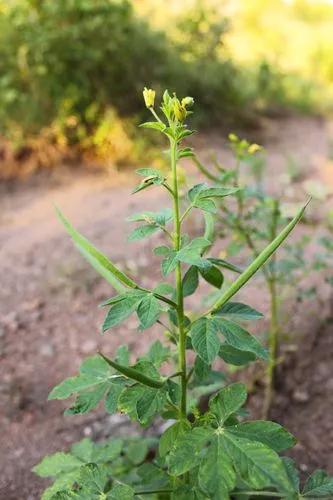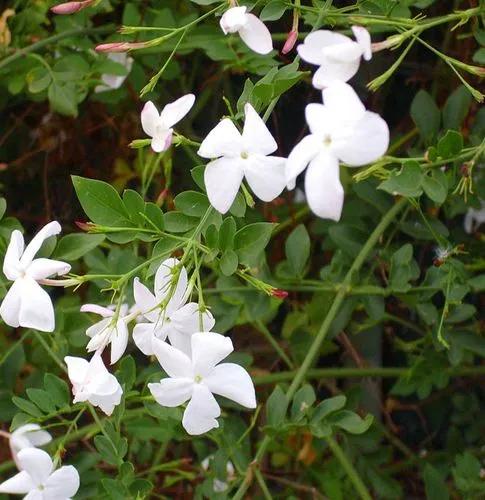Black and Blue salvia (Salvia guaranitica "Black and Blue") is an anise-scented sage cultivar which may grow up to 6 feet tall in ideal growing conditions, producing 15-inch spikes of deep blue, two-lipped flowers from mid-summer into fall. Effective as a border, bedding or container plant, Black and Blue salvia offers the added benefit of attracting hummingbirds and butterflies to the garden. The low-maintenance perennial requires little care to thrive.
Anise Sage Care
Salvia Guaranitica 'black And Blue'



How to Care for the Plant

Water

This plant likes regular watering, preferably once or twice a week, especially during the summers. However, make sure to drain the soil completely. Whenever the top 2″ inches of the soil is dry, water it. The plants love a humid atmosphere and grow well in around 50% humidity.

Pruning

Black and blue sage is simple to prune. Once it’s through flowering, simply cut off the stems all the way to the ground. Prune once or twice a year after the flowers have died or faded.

Fertilizer

Only the container-grown plants require monthly fertilizer. In a garden, they require little fertilizer as an excess of it can reduce flower production.

Sunlight

Anise-scented sage requires full sun to partial shade to grow well. However, keep it under a sheltered, well-lit spot, preferably south-facing or west-facing. Avoid a north facing planting if possible.

Soil

They love rich, well-drained soil. Avoid poorly-drained soils as that can cause root rot. Go for sandy, chalky, and loamy soils with a slightly acidic pH of 5.5 – 6.5.

Temperature

It’s a winter hardy plant that grows well in USDA Hardiness Zones 8-10 and can tolerate heat.

Popularity

545 people already have this plant 74 people have added this plant to their wishlists
Discover more plants with the list below
Popular articles






